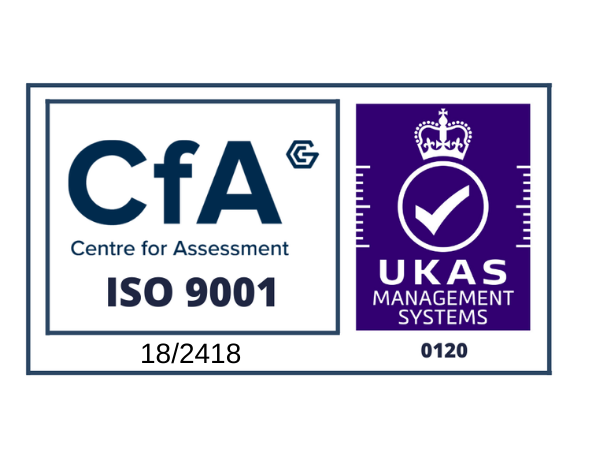A Guide to Stainless Steel Fabrication
Although you probably don’t realise it, the end products of the stainless steel fabrication process are around us every day. The list of components and products produced in this way is virtually endless, and they can be found everywhere, from in our homes to on board aircraft. This article gives you the low-down on this useful process.
What Is Stainless Steel?
Stainless steel is the term used for an alloy of iron containing at least 10.5% chromium. A thin layer of oxide forms on the surface, producing many useful properties. Although the initial cost of choosing stainless steel will be higher than other materials, the life-cycle cost will be lower as it is virtually maintenance-free and very long-lasting. There are over 60 different grades of stainless steel.
Stainless steel possesses many properties that make it useful in a wide range of applications: it is strong, durable, 100% recyclable, flexible, resistant to heat, corrosion and impact and relatively easy to work, giving it a broad commercial appeal. Stainless steel is often chosen for major structures in architectural projects for all of these reasons.
What Is the Fabrication Process?
The fabrication process is a series of steps used to transform raw materials into a finished product, in accordance with customer requirements. The various steps are described below.
1. Laser Cutting
Stainless steel is usually laser-cut to prevent damage to the material. Modern CNC (computer numerical control) laser-cutting machinery can quickly, accurately and efficiently cut the raw sheet metal to the required size and shape. Machines can also be used for punching and perforating if required.
2. Bending and Forming
These processes are used to work the stainless steel into particular shapes as required by the project. This is generally carried out using a CNC bending and forming machine, which can bend even relatively thick sheet metal accurately and precisely or form it into the required three-dimensional shape.
3. Welding and Machining
Welding is used during the assembly stage of the process to join the pieces of cut and shaped sheet metal together. It is carried out by a skilled welder. Machining is the process of removing metal from a component to achieve the desired shape using a lathe. This is also a highly skilled process in its own right.
4. Finishing
The final stage of the fabrication process is known as finishing. This could involve various stages of acid-cleaning and hand-finishing depending on the design requirements. Any additional manufacturing specifications are completed before the finished fabrication is inspected and shipped to the customer.







